As the world continues to face pandemics and the seasonal threats of airborne viruses such as influenza and novel coronavirus variants, the quest for effective prevention methods has intensified. Recent technological advancements suggest that lamps could play a significant role in mitigating these health risks.
The traditional image of lamps as simple light sources is being revolutionized by integrating cutting-edge technology aimed at purifying air and neutralizing pathogens. Industry experts and scientists are converging on the idea that UV-C light, a type of ultraviolet light, can effectively kill airborne viruses. This discovery is not entirely new; UV-C light has been used in hospitals for sterilization purposes for some time. However, the adaptation of this technology into everyday lamps is a game-changer.
UV-C lamps work by emitting ultraviolet light at a specific wavelength, which has the ability to alter the DNA and RNA of microorganisms, rendering them unable to reproduce. This effectively neutralizes viruses and bacteria, preventing them from causing disease.
Incorporating UV-C technology into lamps for public and personal spaces could drastically reduce the spread of viral infections. Public areas such as schools, offices, and public transportation systems are prime candidates for this technology, given the potential to minimize airborne transmission.
Recent prototypes and consumer products have shown promising results. For instance, devices like the Far-UV lamps, which emit UV-C light at a safer wavelength that doesn’t harm human skin or eyes, are already being tested in various settings. Research conducted by Columbia University has indicated that Far-UV lamps can significantly reduce the presence of pathogens in the air without posing a risk to human health.
However, the deployment of such technology is not without challenges. Regulatory approval and public acceptance remain hurdles. Adequate safety measures and guidelines are necessary to ensure that exposure remains within safe limits. Educational initiatives guided by expert consensus will be key in gaining public trust and understanding of this technology’s benefits.
The future of public health safety may well depend on innovative cross-industry collaborations that foster such advancements. Governments and private sectors are encouraged to invest in research and development to accelerate the deployment of safe and effective airborne virus control technologies.
As the science of light continues to merge with healthcare, the integration of virus-neutralizing lamps into everyday life could become as common as the use of hand sanitizers, transforming not just our response to pandemics but the general approach to maintaining healthy public environments.
Smart Life
The future to fighting airborne viruses is in…lampsNULL


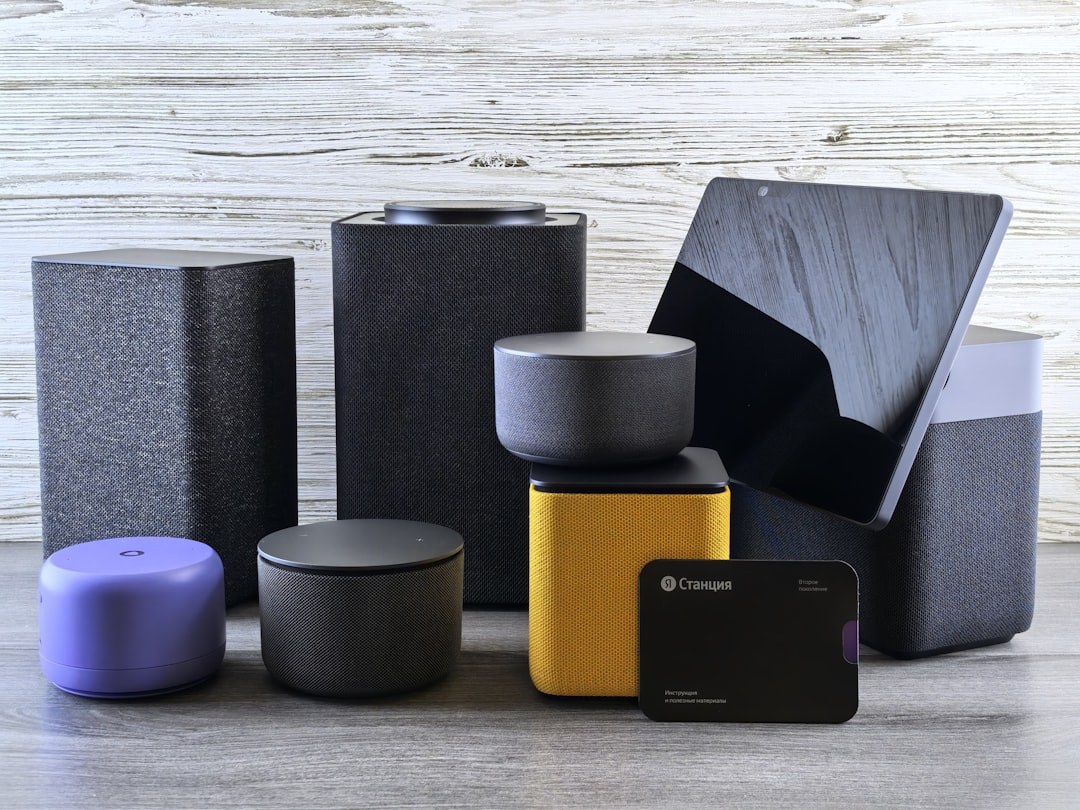


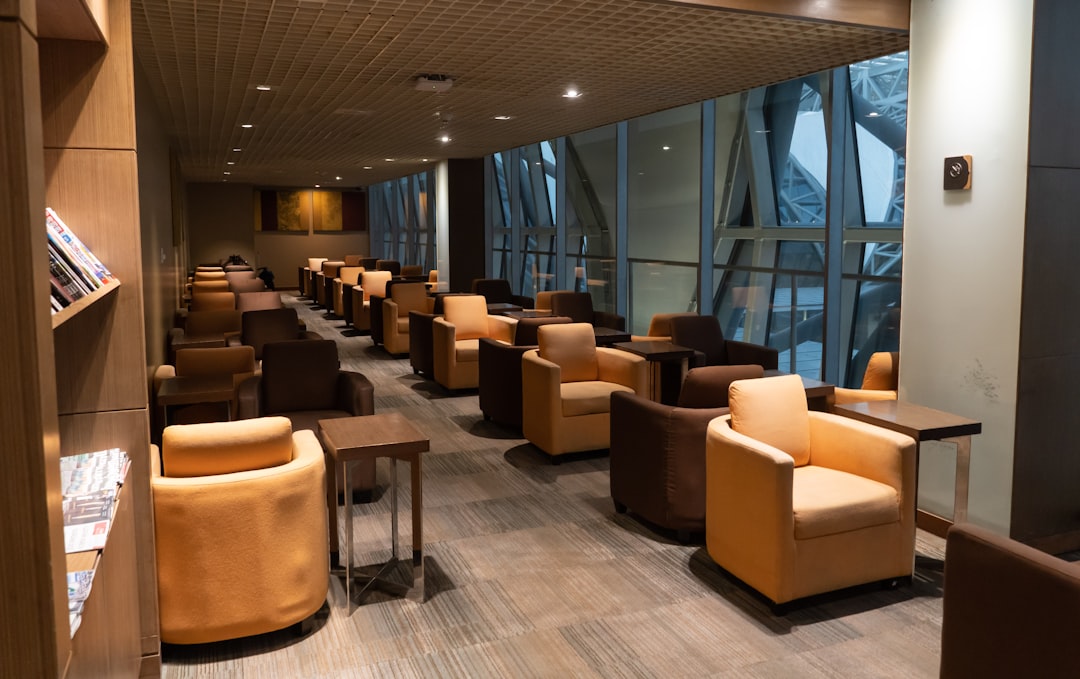
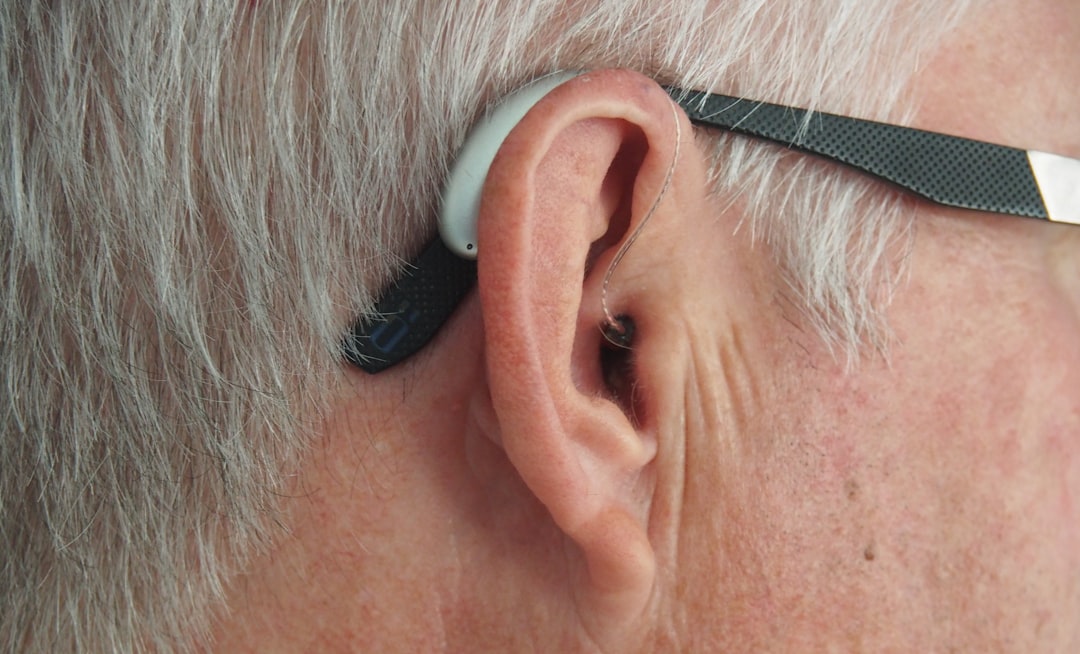
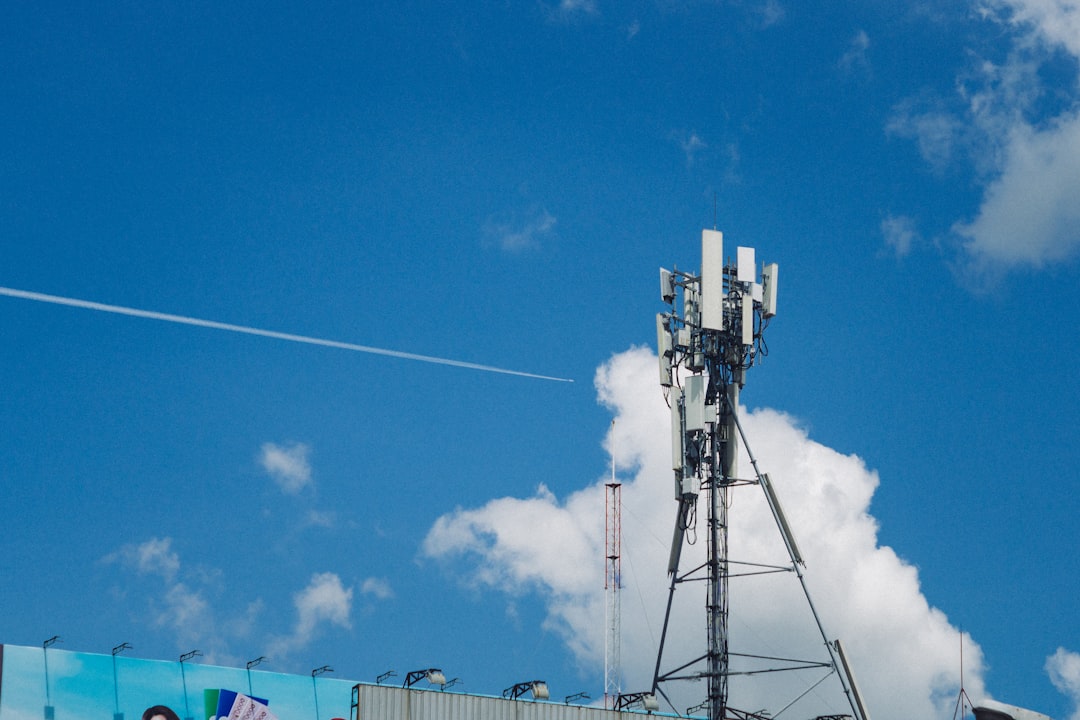



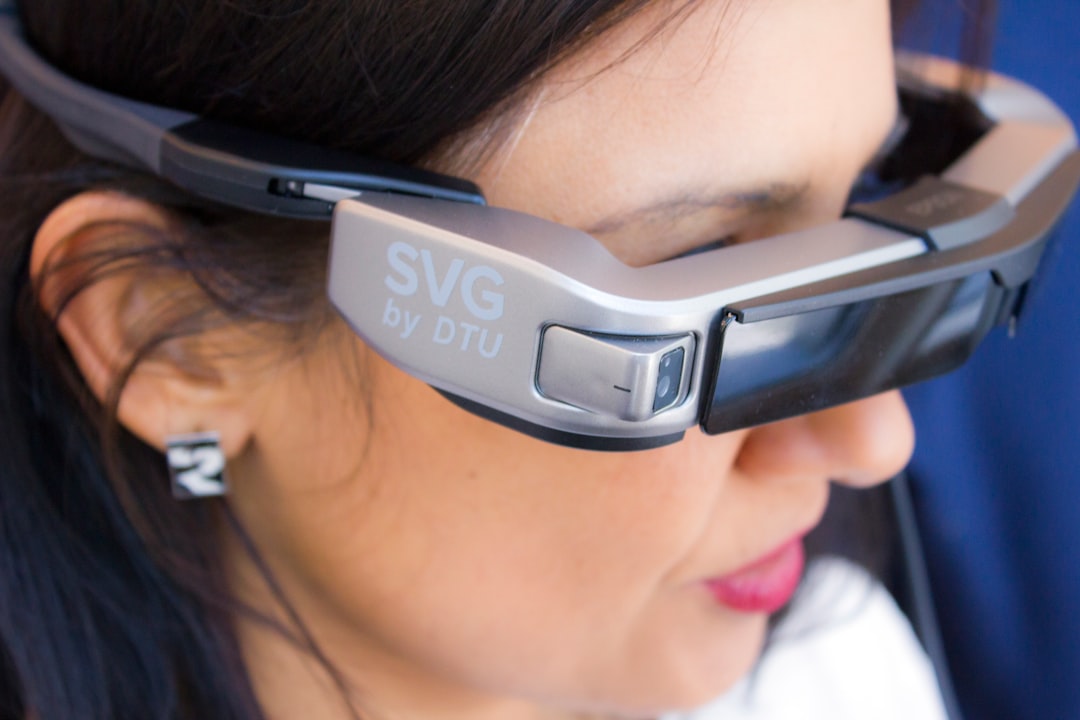

Leave a Reply